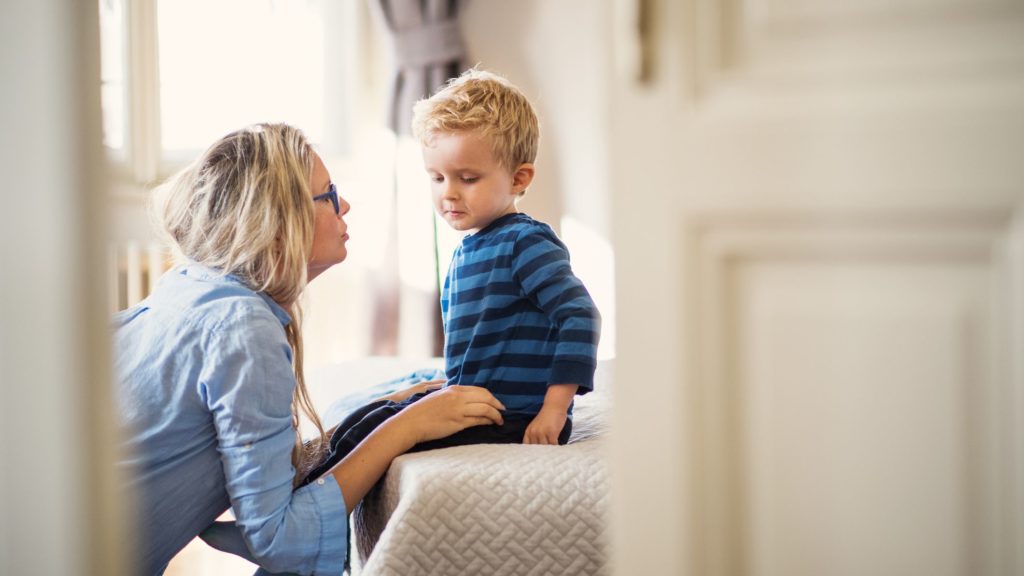Unpacking Summer Visitations with Dad

Children whose parents have shared custody of them may have regular visits with their non-custodial parent throughout the school year. However, holidays and school breaks are a time of extended visitations for the child to spend with their non-custodial parent, or the parent they do not primarily live with. In Texas, when a standard possession is applied between parents, the non-custodial parent is granted 30 days of visitation with their children in no more than two increments. In some cases where parents are separated due to domestic violence, the children live with their mother as their primary caregiver and have visitations with their father. This means that every summer children will be spending 30 days with their mother’s, or perhaps their own, abuser.
How DV Affects Children
Witnessing domestic violence can be incredibly traumatic for children no matter their age or the severity of the abuse. Many children struggle with emotional, social, physical and cognitive irregularities due to their fractured home environment. As a child comes back to their primary residence from an extended visit with their abusive father, they are likely to display behavioral changes and might present as being irritable, defiant and have increased anger and aggression. They might have heightened anxiety, become easily startled or have difficulty sleeping because of their time spent with their abusive parent. For a child who has been in this inconsistent environment, they will likely struggle readjusting back to their school routine.
Some children’s experiences at an abusive parent’s house may not have been abusive or scary at all. In fact, many abusive fathers will shower their children with gifts, trips and more privileges than they have at their mother’s house as a way to appeal to their children. When the children return to their mother’s house they may have an irregular sleep schedule due to the lack of bedtime routine, irritability around rules and can present as defiant or uncooperative.
How You Can Help
If you are an educator or someone who works with children you will likely notice some of these behaviors in kids when they are returning to school. How can you help children reintegrate back into the school environment where there are rules, expectations and social norms to follow?
- Be Patient. It can take time for children to become regulated again after an extended visit with their abusive parent. They may need multiple redirections to correct certain behaviors even if they are not outwardly trying to be defiant.
- Have Empathy. When you are working with children on a consistent basis as it is in a school setting, you are still only seeing a fraction of their life and experiences. Their home environment could have a variety of stressors that you are unaware of and it’s important to keep that in mind.
- Encourage Emotion Identification. Encourage your students to name the emotions they are feeling and then validate them. It is easier for a child to cope with an emotion once they know what it is and perhaps where it is coming from.
- Reflecting what a child appears to be feeling is a way of validating their emotions. “You seem disappointed. Is it because we can’t go outside for recess today?” “I can see that you’re feeling really frustrated right now and I understand that can feel uncomfortable. Let’s take a break.” Reflecting a child’s emotions is showing to them that you see them and you recognize their feelings.
- Mindfulness and Movement. Using mindfulness practices, quiet time and breaks for children to get up and move around (run in place, stretch, dance!) help them settle back into their “upstairs” brain consisting of rational thought and decision-making.
The best way to support children’s understanding of emotional regulation is to mirror positive behaviors and emotional responses yourself. This does not mean that you never get angry, upset or disappointed, but rather that you are able to express those feelings appropriately and safely.
Written by Ashley Stalmach, LMSW, Women’s & Children’s Counselor
Sources:
www.Texasattorney.gov
The Whole-Brain Child by Daniel J Siegel MD and Tina Payne Bryson, PhD
